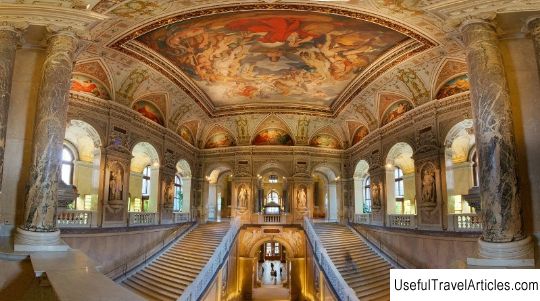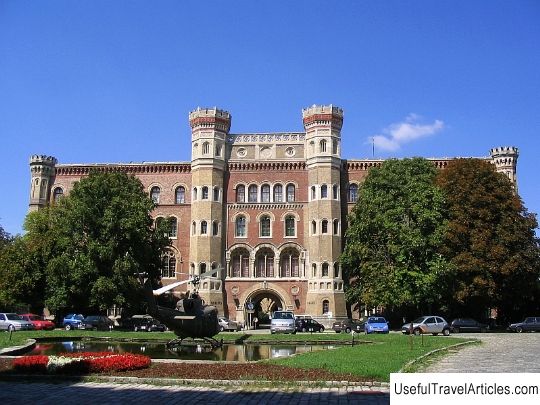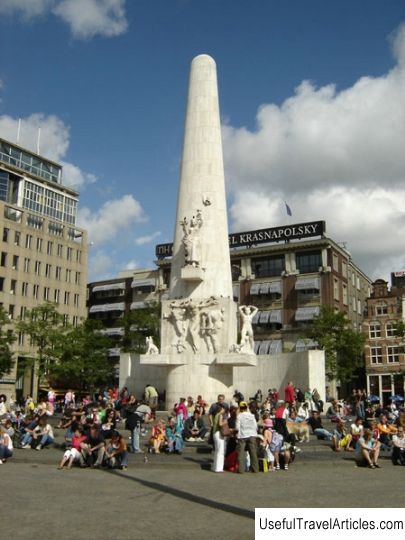Natural History Museum (Naturhistorisches Museum) description and photos - Austria: Vienna
Rating: 7,9/10 (1045 votes) 
Natural History Museum (Naturhistorisches Museum) description and photos - Austria: Vienna. Detailed information about the attraction. Description, photographs and a map showing the nearest significant objects. The name in English is Naturhistorisches Museum. Photo and descriptionThe Natural History Museum, located in Vienna, is considered one of the most important museums not only in Austria, but throughout the world. It was opened in 1889 at the same time as the Museum of Art History. The buildings of both museums are absolutely identical and are territorially separated by Maria Theresa Square. The museum was built to house the huge collection of the Habsburgs. Both buildings were built between 1872 and 1891 on the Ringstrasse according to the plans of Gottfried Semper and Karl von Hasenauer. The first collection of exhibits was bought by Emperor Franz I from Joseph Nutterer in 1793. It consisted of about 30,000 exhibits, among which were interesting minerals, corals, various types of snails from all over the world. In 1806, the museum acquired a collection of European insects belonging to Johann Karl von Megerle. Today the museum has more than 20 million exhibits, which are located on an area of 8,700 square meters in 29 different thematic halls. The halls of the museum are decorated with antique furniture, which creates the feeling of a “museum within a museum.” The most famous museum exhibits include, for example, the Venus of Willendorf. This statuette was discovered in the Wachau at the beginning of the 20th century. The statuette of a woman, about 11 cm high, was made from limestone around 25,000 BC. The museum displays other valuable exhibits: the skeleton of a diplodocus dinosaur, specimens of extinct animals and plants, for example, the Steller's cow (sea cow), exterminated by man in the 18th century. On the first floor of the museum, the animal world is presented from protozoa to highly developed mammals. On the top floor of the museum is a collection of minerals and precious stones, as well as unique fossils. One of the most interesting exhibits is a large topaz weighing 117 kg. The museum considers its main task to be the opportunity to convey the results of scientific research and discoveries to a wide audience.     We also recommend reading Kazan Cathedral description and photos - Russia - St. Petersburg: St. Petersburg Topic: Natural History Museum (Naturhistorisches Museum) description and photos - Austria: Vienna. |




